
Security Solutions
RGT CyberTech works with you to help protect your business with an advanced and integrated portfolio of enterprise security products and services infused with ML / AI. Our modern approach to security strategy uses zero trust principles to help you thrive in the face of uncertainty. By aligning your security strategy to your business; integrating solutions designed to protect your digital users, assets and data; and deploying technology to manage your defenses against growing threats, we help you manage and govern risk to support today’s hybrid cloud environments.

User & Entity Behavior Analytics (UEBA)
UEBA solutions use analytics to build the standard profiles and behavior's of users and entities (hosts, applications, network traffic and data repositories) across time and peer group horizons. Activity that is anomalous to these standard baselines is presented as suspicious, and packaged analytics applied on these anomalies can help discover threats and potential incidents.
Eliminate complexity for security analysts with UEBA's automated policy enforcement and comprehensive user risk scoring.
With Behavioral Analytics you can:
-
Gain holistic visibility
-
Analyze data from broad sources
-
Leverage deep analytics
-
Automate risk response
-
Protect your organization from insider threats
-
Tailor your security to support any risk use cases

-




Online Demo Access is for RGT CyberTech Internal Technical Team to Login in Showcase to Customers
START

Identity and Access Management (IdAM)
Increase productivity while keeping data secure. With single sign-on users only have to enter one set of credentials to access their web apps in the cloud and behind the firewall – via desktops, smartphones and tablets. This foundational identity and access management (IAM) measure is a first step in building trusted experiences for your workforce, customers, and partners. OneLogin's policy-driven password security, multi-factor authentication, and context aware access management ensure that only authorized users get access to sensitive data. You can implement more demanding password policies such as required length, complexity and restrictions on password reuse, as well as session timeout and password reset self-service policy to heighten protection without impeding your users.
Visualize all identities in one interface. Uncover hidden privileges and attack vectors. Detect identity-based threats and proactively respond. Identity Security Insights provides intelligent, actionable analytics any organization can leverage to immediately improve their security posture and eliminate potentially dangerous backdoors and weak spots.

One secure SSO portal for all apps, for every business - large or small


Proactive Recommendations
Anomaly Detection
Identify anomalous activity related to accounts, privileges, and identities that indicate excessive access rights, problematic configurations, or potential misuse.
Decisively act on recommendations to reduce the identity and access attack surface, harden your security, and restrict lateral movement.
Key Identity Security Insights Capabilities
Harness the actionable security insights you need, exactly when you need them. A rich set of dashboards enables you to drill down to review details.
Connector library enables integration with BeyondTrust solutions, leading identity providers, and other third-party solutions for providing comprehensive insights.
Integrated
Ecosystem
Dynamic Dashboards







Online Demo Access is for RGT CyberTech Internal Technical Team to Login in Showcase to Customers
START

Web Application Firewall (WAF)
Web application firewalls protect web applications and APIs against a variety of attacks such as business logic attacks and online fraud, SQL injection and cross-site scripting (XSS), providing a specialised defence mechanism to protect vital web assets.
Protect your applications with behavioral analytics, layer 7 DoS mitigation, application-layer encryption of sensitive data, threat intelligence services, and API security.

Web Application Firewall Core Capabilities
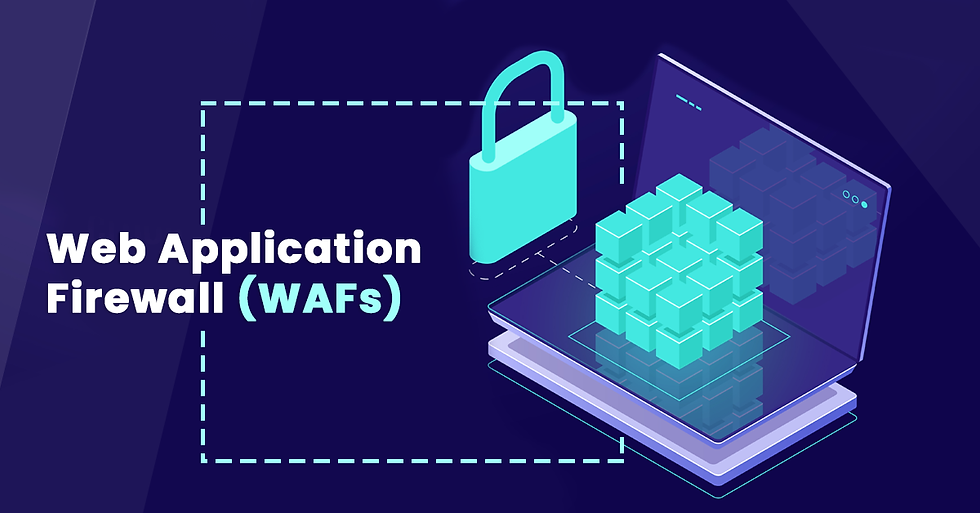
Network Access Control (NAC)
High-performance NAC solutions implement policies for controlling network access by devices and users, without impeding productivity.
NAC solution goes beyond simple device authentication to identify every device, assess its security posture, trigger remediation workflows and implement access control across heterogeneous networks. It continuously monitors all connected devices and automates response when noncompliance or unusual behaviors are detected.
NAC Capabilities
Visibility into every IP-connected device
Discover and classify every workstation, laptop, printer, IP phone, camera, access point, IoT device, OT device, medical device and more.
Real-time asset inventory
Quickly build a detailed inventory of every device’s configuration and compliance state to streamline asset management, security operations and IT support.
Automated security posture assessment and remediation
Assess device security posture in real time without agents and remediate noncompliant devices upon connection.
Policy enforcement across heterogeneous networks
Improve security and business uptime by preventing unauthorized, rogue and impersonating devices from connecting.
Workflow orchestration with existing security tools
Choose plug-and-play integration modules or customize apps using APIs to boost security, accelerate response and maximize ROI.
Zero trust security
Enforce least-privileged access based on device and user identity, device hygiene and real-time compliance status across heterogeneous networks.

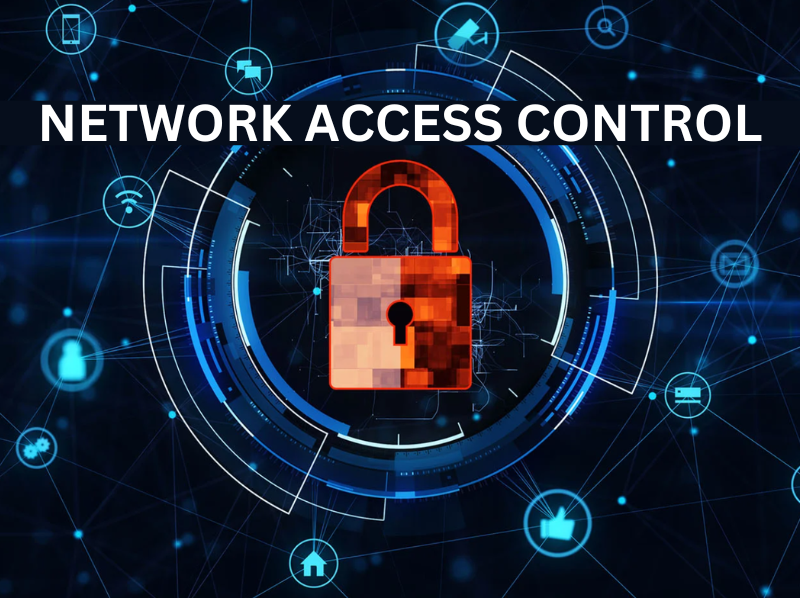
Network Monitoring Solutions (NMS)
Network management systems are nowadays among the most important elements of a successfully functioning computer network. The maintenance and configuration of network devices, servers and services, as well as continual monitoring of the operation of all the devices within the network, are the key elements of a network management system. In order to ensure the reliable and secure management of devices and services, it is necessary to design a network in such a manner that it provides the highest level of security isolation of management traffic from production traffic.
Network monitoring made easy
Over the last 12 years we’ve worked with hundreds of different organizations across a wide range of different industries. During that time we’ve learned a great deal about what organizations need from network visibility infrastructure to ensure their networks remain secure, reliable, and compliant. We partner with leading industry NMS tool Vendors from around the world. We can propose a solution that fits your organization's budget.
We believe in simplicity that scales to meet your needs today—and where you’re going tomorrow. Network monitoring and management tools provide:
-
End-to-end visibility into hybrid IT infrastructure
-
Deliver health of cloud services with hop-by-hop path analysis
-
Auto-generated dependency mapping
-
Dynamic config baselining and automatic backups
-
Help ensure config compliance with regulatory standards
-
Capacity forecasting and EOS/EOL tracking
.png)



































Monitoring Dashboards & Maps

Network Monitoring & Management
-
- START
Online Demo Access is for RGT CyberTech Internal Technical Team to Login in Showcase to Customers

Application Performance Management (APM)
Application performance monitoring solution that helps businesses monitor metrics, logs, and traces across browsers and mobile devices.
Rakuten SixthSense Observability is a single, unified observability solution that allows businesses to comprehensively monitor their architecture, data, and performance. Rakuten provides full-stack observability across Java, Node.js, Python, Go, MongoDB, and more through data visualization and application performance monitoring. With built-in alerting and incident management, Rakuten can quickly alert users of an incident across a multitude of channels and help resolve incidents in a shorter time frame. Deployed in production environments since 2013 on thousands of companies around the world.
.png)
Observability Platform (APM)

Security Information & Performance Management (SIEM)
SIEM solutions’ fundamental role is collecting and analysing all available security-related data – typically very large quantities of great complexity – and producing real-time, prioritised insights for security teams to act upon, and detailed reporting for compliance purposes.

Event Correlation


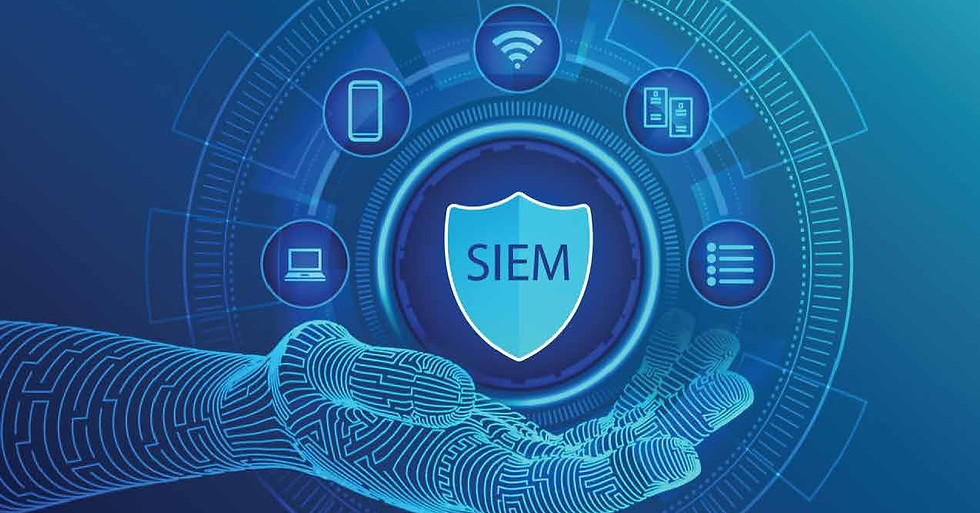
Secure Access Service Edge (SASE)
SASE is a cybersecurity concept, based on the convergence of (SD-)WAN capabilities and network security functions, that identifies users and devices, applies policy-based security and delivers secure access ‘as a service’ to the application application/data. SASE creates a platform that connects all parts of the networking and security capabilities an enterprise requires.

SASE Key Benefits
Faster and more effective performance
Eliminate blind spots and gain control
Connect your enterprise to reduce costs
Unleash your workforce by delivering a seamless connection to applications in any environment from any location.
Simplify security, streamline policies, and increase protection with a multifunction cloud security service.
Unite security and networking through a flexible, integrated approach that meets multi-cloud demands at scale.





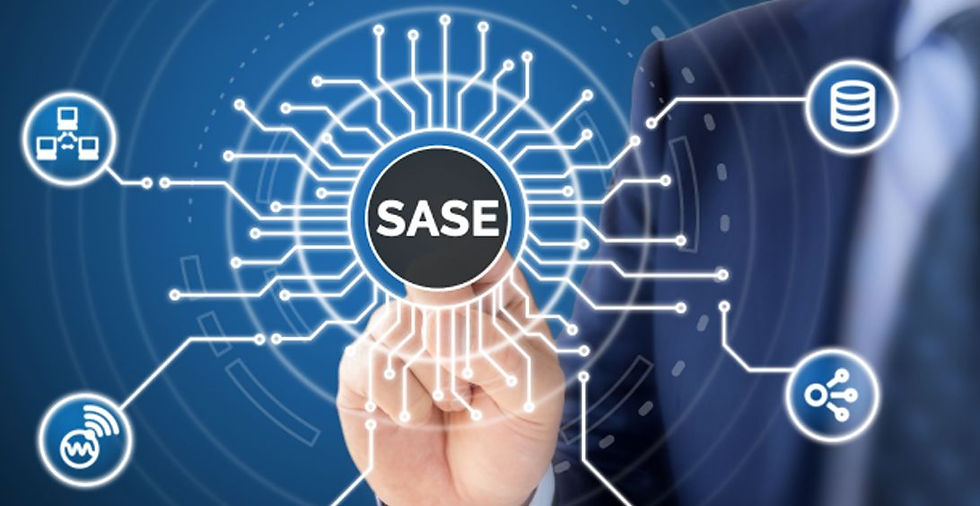
Privileged Access Management (PAM)
Privileged access management (PAM) ensures that the critical functions of administrators and other privileged users are not compromised and is typically deployed as a part of identity access management (IAM) solution. Privileged user accounts are significant targets for attack as they have elevated permissions, access to confidential information and the ability to change settings. If compromised, a large amount of damage could be done to organizational operations.
PAM is also key to achieve compliance with industry and government regulations. With PAM as part of a complete security and risk management program, enterprises can record and log every activity related to their critical information technology (IT) infrastructures and sensitive corporate data, helping to simplify audit and compliance requirements.

Components of PAM

PAM System Flow




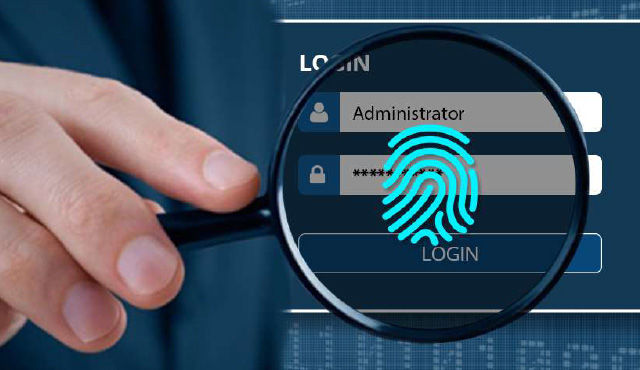
Information Rights Management Solution (IRMS)
Your data is all over the place: with vendors and partners, on the cloud, and on mobile devices. It is becoming more and more challenging to secure and control all of it all the time. You need something that empowers your ‘borderless enterprise’ to secure sensitive information – on any network, on any platform, and on any device. Information today knows no boundaries. Why should Information Security?
How does IRM work?
Following are the various methods how an Information Rights Management solution helps your organization to protect documents and emails.
-
Applying rights to automate the access control and usage of the content i.e., mapping business classification to the information.
-
Implementing policies and procedures to track and secure information from viewing, printing, editing and exchanging along with access control list in place.
Most IRM solutions do this in combinations of the following:
-
Industry specific encryption of data or information
-
Strong implementation mechanism to protect data from copy, print and save the document
-
Content access management
-
Business process management
How we help?
Experts at Credo InfoTech can help organizations to evaluate risk of data theft and misuse of intellectual information of the organization by helping to you select appropriate and cost effective IRM solution on basis of:
-
Identify what needs to be protected i.e., documents or emails residing inside or outside of an organization
-
Identify usage policies of the document
-
Evaluate data leakage avenues
-
Who can use the information (people, group)
-
What a user can do with that information (read, write, print or forward)
-
When can the user access the information (time duration and dates)
-
Where can the information be accessed from (in office, home,..)
-
Challenges
Typical challenges that you are likely to face when implementing a IRM are:
-
Strong user authentication and authorization
-
Restriction of content being copied or retyped and transmitted by malicious programs
-
Protecting documents from within and outside the organization
-
Audit and secure documents as per compliance standard
-

Data Encryption (DE)
Data encryption is a core aspect of cybersecurity strategy, allowing sensitive data to be encrypted while at rest or in transit (or both) and only usable by authorised users or machines.
Data Encryption Solutions
Whether storing data-at-rest in a physical data center, a private or public cloud, or in a third-party storage application, proper encryption and key management are critical factors in ensuring sensitive data is protected. We offer data encryption that delivers granular encryption and role-based access control for structured and unstructured data residing in databases, applications, files, and storage containers. With centralized key management and a hardened root of trust, agencies can ensure their master keys are protected and data remains secure.
Network Encryption Solutions
Encrypt data in transit everywhere—from network traffic between data centers and the headquarters to backup and disaster recovery sites, whether on premises or in the cloud through our high-speed encryption solutions. Thales offers CN Series Encryptors protect data, video, voice at speeds ranging from 100Gbps to 10MBPS from eavesdropping, surveillance, and interception at an affordable cost, without compromising security or performance.






Deep & Dark Web (DDW)
The dark web is part of the internet that isn't visible to search engines and requires the use of an anonymizing browser called Tor to be accessed. The Dark Web, a Marketplace Specializing in the Sale of Corporate Data
To prevent data leaks, it is important to consider the security of your infrastructure and applications. Web or mobile applications are gateways that are highly exposed to attacks. Any information exposed on the web should be limited as much as possible. By reducing your attack surface, you will limit the possibility of your data and systems being compromised.


Digital Forensics (DF)
Cyber Crime investigation includes mobile forensic, network forensic, computer forensics. Solutions can help to gather, preserve and examine the digital evidence. If any crime has taken place and it involves the use of any digital device than we need to do the investigation of that digital device to find out the link between the suspect, the crime, the victim and crime scene.







Security Awareness Training (SAT)
Security awareness training is a formal process for educating employees and third-party stakeholders, like contractors and business partners, how to protect an organization's computer systems, along with its data, people and other assets, from internet-based threats or criminals.
Your employees are frequently exposed to sophisticated social engineering attacks. It is time for a comprehensive approach to effectively manage this problem, managed by people with a technical background.





Baseline Testing
We provide baseline testing to assess the Phish-prone percentage of your users through a simulated phishing attack. Test our platform yourself for 30 days.
Train Your Users
The world's largest library of cybersecurity awareness training content; including interactive
modules, videos, games, posters and newsletters. Automated training campaigns with scheduled reminder emails.Phish Your Users
Best-in-class, fully automated simulated phishing attacks, thousands of templates with unlimited usage, and community phishing templates.
See The Results
Enterprise-strength reporting. Both high-level and granular stats and graphs ready for management reports. We even have a personal timeline for each user.- START
Online Demo Access is for RGT CyberTech Internal Technical Team to Login in Showcase to Customers
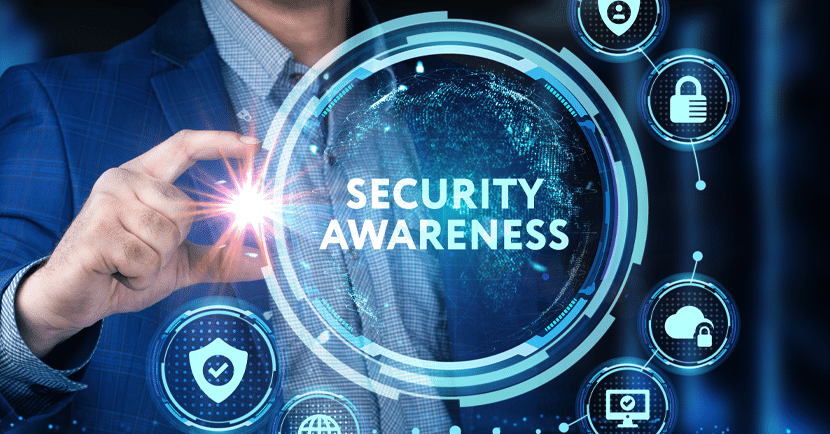
Endpoint Protection / Endpoint Security
Endpoint protection platforms (EPPs)
Endpoint protection platforms (EPPs) are an essential first line of defense, designed to detect and block malicious threats at device level using a range of capabilities that can identify newly discovered attacks based on the latest known indicators of compromise, adversary tactics and techniques.
One platform for superior visibility and enterprise-grade prevention, detection, and response across your attack surface, from endpoints and servers to mobile devices.
Dynamic Device
Discovery
Discover, Protect, & Evolve Every Endpoint
Greater Visibility &
Actionability
Rapid Response
& Time to Value

Extended Detection & Response (XDR)
XDR collects and correlates data across email, endpoints, servers, cloud workloads, and networks, enabling visibility and context into advanced threats. Threats can then be analyzed, prioritized, hunted, and remediated to prevent data loss and security breaches.
There are three parts to XDR: telemetry and data analysis, detection, and response.
Telemetry and data analysis: XDR monitors and collects data across multiple security layers, including endpoints, network, server, and cloud. It uses data analysis to correlate context from thousands of alerts from those layers to surface a smaller number of high-priority alerts—helping to avoid overwhelming security teams.
Detection: XDR’s superior visibility allows it to sift through alerts and report on the ones that require a response. That same visibility allows it to create baselines of normal behavior within an environment to enable the detection of threats that leverages software, ports and protocols, and to investigate the origin of the threat in order to stop it from affecting other parts of the system.
Response: Just like EDR, XDR has the capability to contain and remove threats it detects, as well as update security policies to prevent a similar breach from occurring again. But unlike EDR, which performs this function only on endpoints and workloads, XDR goes beyond endpoint protection—responding to threats across all the security control points it touches, from container security to networks and servers.
Benefits of XDR
-
Greater visibility and context
-
Prioritization
-
Automation
-
Operational efficiency
-
Faster detection and response
-
More sophisticated responses
Endpoint detection and response (EDR)
Endpoint detection and response (EDR) goes beyond EPP capabilities to detect new malicious threats, prevent attacks, support investigation and remediation of dynamic security incidents and enable proactive threat hunting.
Endpoint detection and response (EDR) is a type of security software that provides continuous monitoring of all endpoints on a network. Endpoints are devices such as laptops, desktops, mobile phones, tablets, and other connected devices used by employees or customers to access the network. These endpoints can become primary targets for cyberattacks due to their direct connection to the corporate environment.
Benefits Of EDR Solutions
-
Increased Visibility into Your Company’s Network
-
Improved Compliance
-
Reduced Risk
-
Cost Saving
-
Enhanced Security Posture


Managed Detection & Response (MDR)
Managed detection and response (MDR) is an outsourced service that provides organizations with threat hunting services and responds to threats once they are discovered. It also involves a human element: Security providers provide their MDR customers access to their pool of security researchers and engineers, who are responsible for monitoring networks, analyzing incidents, and responding to security cases.




-




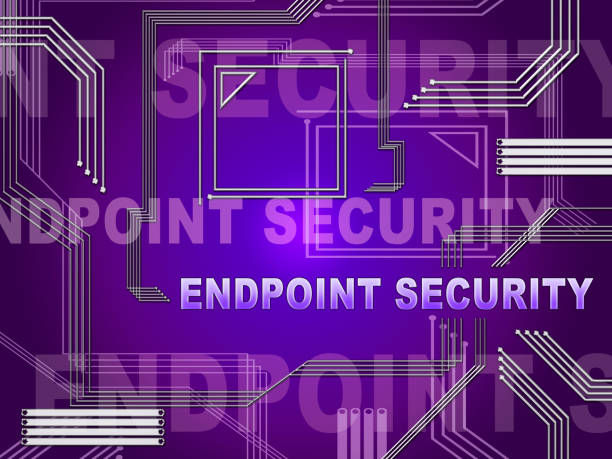
Multi Factor Authentication (MFA)
Multi-factor Authentication (MFA) is an authentication method that requires the user to provide two or more verification factors to gain access to a resource such as an application, online account, or a VPN. MFA is a core component of a strong identity and access management (IAM) policy. Rather than just asking for a username and password, MFA requires one or more additional verification factors, which decreases the likelihood of a successful cyber attack.
Protection against unauthorized access to critical corporate data





Password
Verification
Access



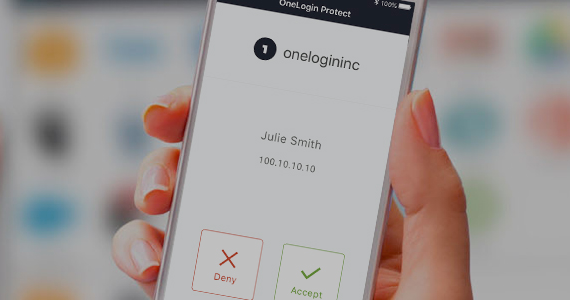
Information Technology Service Management (ITSM)
ITSM is made up of a number of IT management processes, some of which are designed to address unique industry-specific IT needs. A business should adapt the processes that meet the needs best. Here are some of core ITSM processes:
-
Incident Management
Incident management occurs in case of interruptions in services and helps to restore the service to its functional state. The ability to prioritize incidents and service requests based on business impact allows staff to redirect their efforts where they can be most effective.
-
Change Management
Change management refers to managing and controlling anything you’d like to change in your organization in order to minimize business disruptions.
-
Problem Management
Problem management is about detecting and liquidating the causes of an incident as well as identifying the best method to eliminate recurring incidents.
-
Service Request Management
Service request management is an ongoing procedure for handling various customer service requests, including requests for access, installation of new workstations or updating personal data. Service request management helps ensure that critical requests are always prioritized.
-
Knowledge Management
Knowledge management is the process of making the best use of creating, sharing, using and managing the knowledge and information of an organization.
-
Configuration management
Configuration management tracks all configuration settings in an IT system, like identification, verification and maintenance of critical configuration settings for hardware, software, personnel and technical documentation.
-
Workflow and talent management
Workflow management is about placing the right people with the right skills and knowledge into suitable positions.
-

Data Classification
Fortra's Titus Data Classification
Fortra's Titus data classification software helps organizations achieve compliance with data privacy laws and sets a solid foundation for the rest of your cybersecurity strategy. Titus software makes it easy to protect data whether you’re creating, storing, or sharing data.
Why Choose Fortra's Titus
-
We integrate with powerful data security and governance ecosystems
-
We protect business critical data, improve data control, and reduce risk
-
We deliver improved and streamlined business performance
-
We enable compliance with multiple data protection regulations
Secure Your Sensitive Information and Reduce it’s Risk of Exposure

-



Enterprise Security Solutions
Our Enterprise-Wide Security Solutions practice is prepared to deliver integrated end-to-end security and compliance solutions globally across a multitude of industry verticals. We addresses key challenges enterprises face with improving the agility of information security and compliance programs to cope up with ever-changing business and IT risks. With rich experienced security professionals and a Global Delivery Model we assists customers in defining their security and compliance needs, best practice recommendations, technology evaluations, implementations and delivering managed and hosted security services.
API Security
Web Application Firewall (WAF)
DDoS Protection
Application Performance
Content Delivery Network (CDN)
DDoS Protection
DNS Protection
Network Monitoring
Vulnerability Assessment
BOT Detection
Intrusion Prevention System
Network Access Control (NAC)
Endpoint Security

Network Security
Application Security
Data Security



Data Loss Prevention (DLP)
Data Classification
Data Encryption
Secure Managed File Transfer
Digital Rights Management
Secure Email Gateways
Endpoint Detection and Response
Patch Management
Single Sign On
URL filtering
Browser isolation
Cloud perimeter security
Endpoint encryption





Quote

Quote
"It takes years' to build a reputation, and minutes of cyber incident to ruin it. Investment was to be made yesterday. Today you must act wisely & swiftly."
By Nitin Sethi
Security Awareness Solution
Sales. +6011 39066569 Technical. +6011 39066569
Book an Appointment
Site Navigation



















